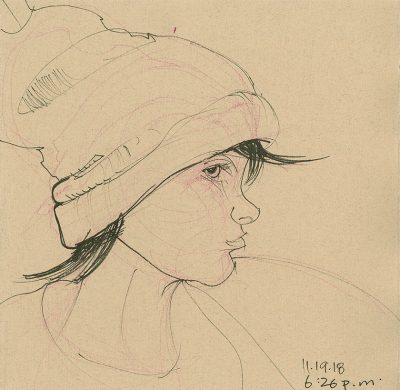 Usually I answer the question “When is it a good time to sketch in pencil?” simply by saying “Never.”
Usually I answer the question “When is it a good time to sketch in pencil?” simply by saying “Never.”
I reside in the camp of, sketch in ink, live with the odd-off strokes, the pentimento. Use it all to train your eye.
But sometimes you want really smooth lines, or don’t want to risk missing the likeness, or…
…in my case I tend to use pencil when I’m sketching a woman and do not want to worry about aging her!
I want one line put down pretty much exactly where I want it.
If you look closely here at the enlargement you can see I worked first with a raspberry color pencil. (It was on the desk; it showed up on the tan Nideggen paper I’d used to bind this 8 inch square book.)
But you can also see I didn’t really follow the lines.
Process
I did a first pass with the pencil and then when I went back in with the ink I made my second pass “estimates” on where the real line needed to go and marked there, instead of along the pencil lines. I could have done a second pass with the pencil and then gone in with ink—that would have eliminated some of the stutters that are still here, and some bold lines that are too bold.
But I didn’t, because I’m impatient. Not saying that as an excuse (because it would be a bad one if that were the case), just stating the facts. My goals and expectations weren’t on a “perfect” sketch for the day.
The main objective—to not age this young woman—was achieved.
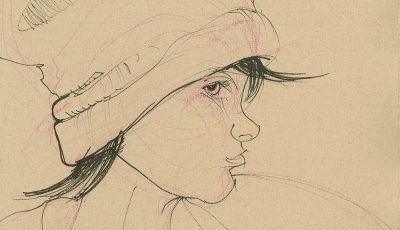
Think about what is important to you in your drawing practice. When is it helpful to get messy? When is it essential to slow down and get the “right line”?
Be flexible with the tools you use. Tools aren’t crutches. They are tools. They each have a way to be used that can benefit your final sketch (which I don’t think this sketch is—it still needs work).
Use the tools that can get you to where you’ve set your goals.



















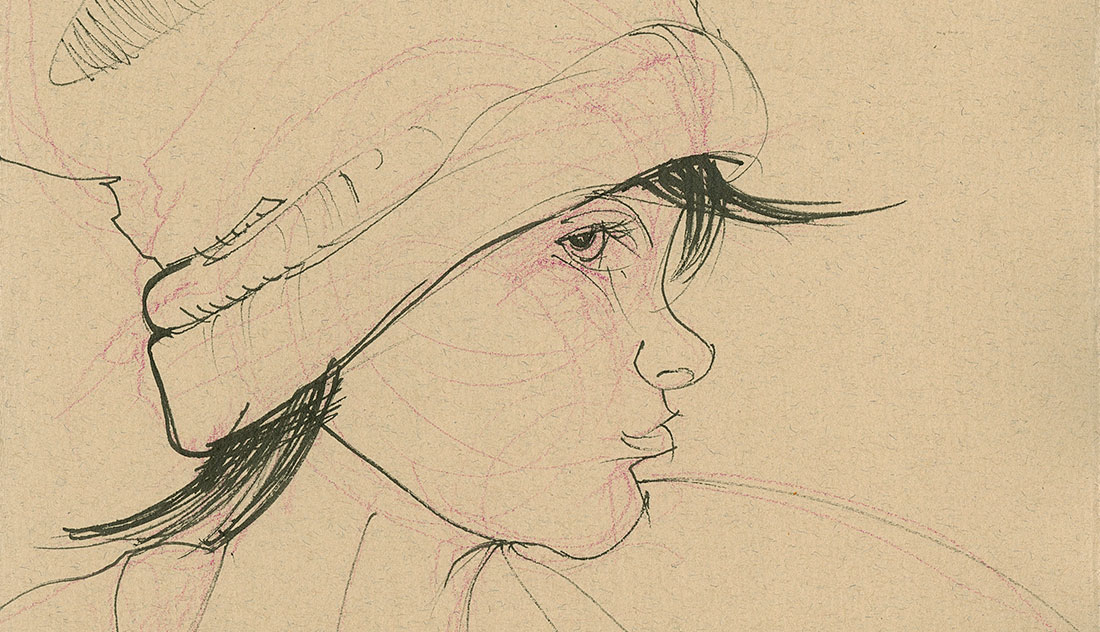
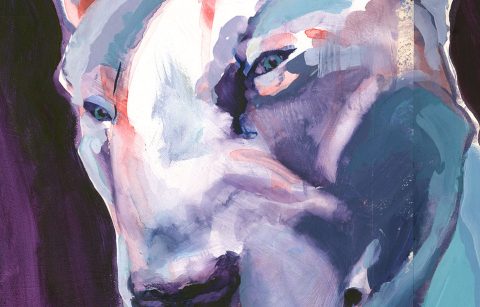
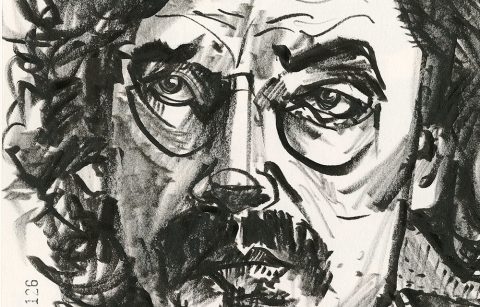
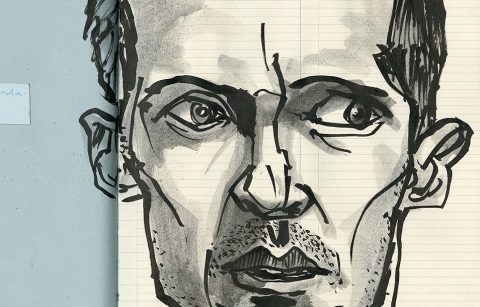
I am a Roz convert to ink sketching from some 8 years ago, and have never gone back to pencil except when I am doing a highly rendered drawing. I have often been asked why I sketch in ink since there is no erasing or way of correction. And that is exactly the point; the temptation to erase and correct detracts from the enjoyment of sketching. It’s a sketch not a drawing. Spending time on corrections defeats the whole purpose and is a hinderance to advancing your drawing skills. It is not, as some may think, a medium only for advanced sketchers. Frederick Franck in his books on drawing as meditation for beginners always advocates the use fountain pen. And one of the best pencil artists of all time, Paul Calle, in his book, “The Pencil”, an incredible book on formal pencil drawing, says that he typically uses an ink pen for his sketching because of the immediacy and freedom of the medium. Roz once made a challenge for followers to jump into the deep end and try using ink. How glad I am that I did (other than all the money I spent on different pens, inks, and papers before finally settling down.)
So glad you took up that challenge Ted, I always enjoy seeing what you come up with. I think Paul Calle’s work is a perfect example of how pencil work and pen work can make you a stronger artist all around—he’s always looking for those values. And of course nailing them, whatever medium he’s working with. Here’s hoping you have more fun explorations with pen, ink, and paper!
I think some people equate “pencil” with “ability to erase,” and that’s when it can be a problem (spending more time erasing than drawing, for example). But I use pencil the same way I use ink — I don’t erase, I just restate the line if I need to. What I love about pencil is that it can be a strong, firm line, just like ink, and it can also be a beautifully modulated line or shape that other media cannot do.
I never erase pencil when sketching because I think that’s the fun of sketching with pencil—you can get so much on the page before it looks too cluttered in an overworked area. I always tell my students to not erase so they have something to refer to when making their next line placement and adjusting. But in every drawing class I always have at least one student who gets caught in a spiral of erasing and then not knowing where to put the next mark. So by starting them all with pen and ink I make it at first even more scary (they claim) but ultimately they are quickly inoculated.
Pencil can be a lovely medium on its own. Ted mentioned Paul Calle’s work. There are so many other artists I could name, but my books are all in storage and my mind is too frazzled.
I find that pencil for me is something that I like to use when sketching animals, it’s a different type of connection with a different line.
But sometimes I think it comes in handy like it did in this image. Otherwise I think I’m just an ink girl.
Thats an interesting article abbout pencils. I always go in with pen and sometimes regret it but just cant bring myself to start with pencil..Its interesting how were all different in our approaches and thats a good thing 👍
Peejay, different approaches are a good thing. And I would suggest that because you believe that you would think of some situations in which YOU might start with pencil first, not because you wanted to fully realize all the particulars of a sketch before you go in with ink (because like you I love drawing directly in ink and do it in 98 percent of my work) but because you want to give yourself other options for approaches. I think it’s always great to have as many options at our finger tips as we can. Happy explorations and experiments. Thanks for stopping by.